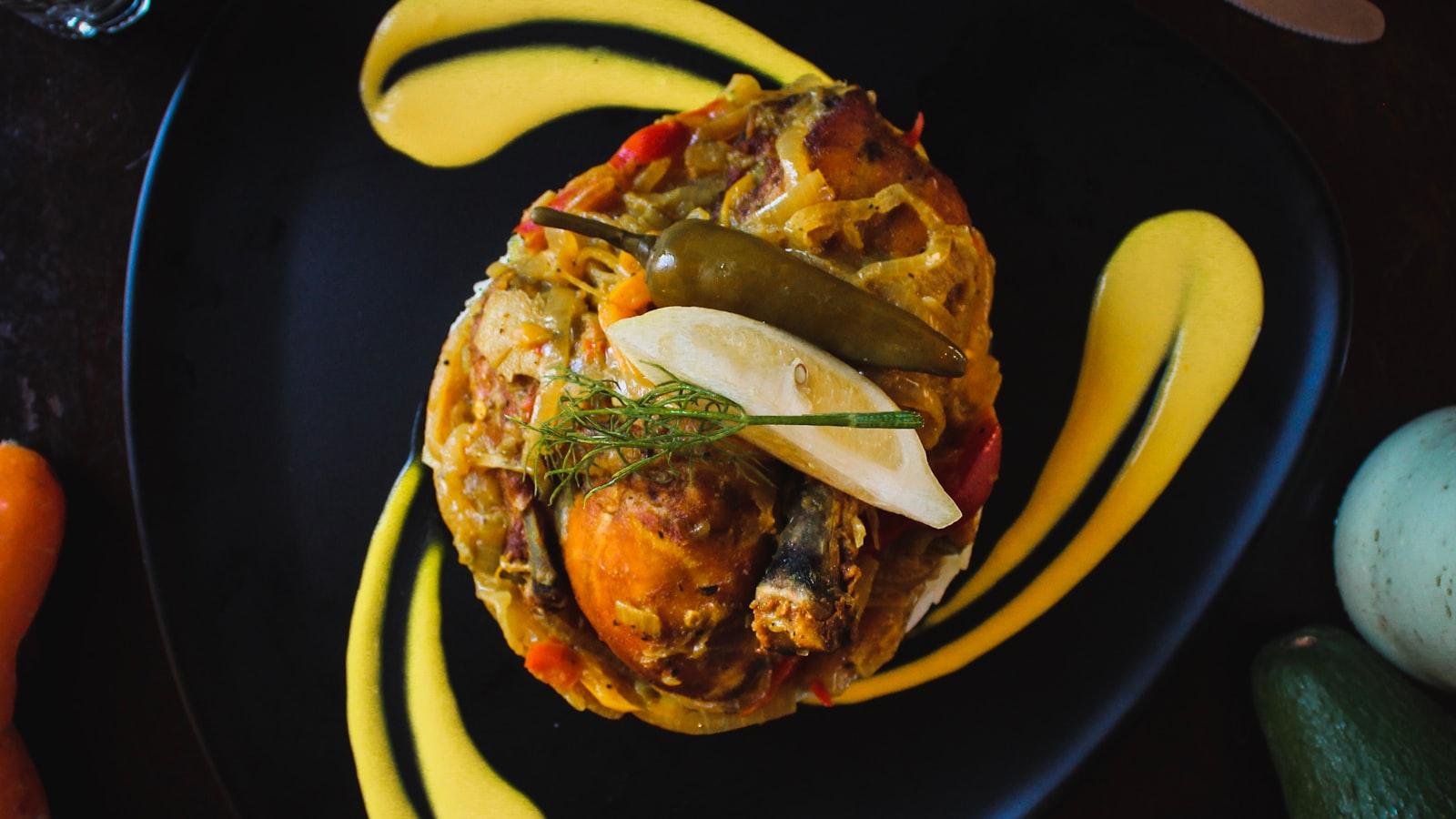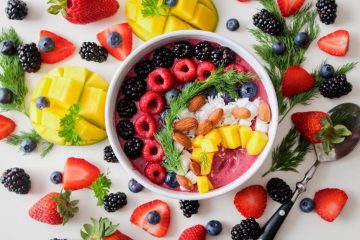In the culinary realm, the battle of the kitchen titans ensues – Food Processor versus Blender. These essential countertop companions have long been the subject of culinary debate, each with its unique set of skills and capabilities. As we delve into the realm of food preparation, let us unravel the mysteries surrounding these culinary chameleons and uncover the distinct roles they play in our quest for gastronomic perfection. Join us on a journey through blades, bowls, and blending speeds as we dissect the nuances of the food processor and blender showdown.
Table of Contents
- In-depth Comparison: Food Processor vs Blender
- Selecting the Right Appliance for Your Kitchen Needs
- Capabilities and Limitations: Unveiling the Truth
- Expert Recommendations: Making the Best Choice
- Q&A
- Final Thoughts


In-depth Comparison: Food Processor vs Blender
Food processors and blenders are like the dynamic duo in the kitchen, each with its own set of superpowers. Food processors excel at tasks that require precision and control, such as chopping, slicing, and grating. With a variety of attachments and blades, they can tackle a wide range of food preparation tasks quickly and efficiently, making them the go-to tool for meal prep enthusiasts.
On the other hand, blenders are the masters of liquids, transforming ingredients into smoothies, soups, sauces, and more with ease. Their powerful motors and sharp blades can crush ice, puree fruits, and blend ingredients into creamy concoctions. While they may not offer the same precision as food processors, blenders shine when it comes to creating smooth textures and mixing liquids seamlessly. When deciding between the two, consider your cooking habits and the types of dishes you commonly prepare to determine which tool will best suit your culinary needs.

Selecting the Right Appliance for Your Kitchen Needs
When it comes to equipping your kitchen with the right tools, the choice between a food processor and a blender can seem like a culinary conundrum. Let’s delve into the world of kitchen appliances and uncover the secrets behind deciding which one suits your cooking needs best.
Food Processor:
- Ideal for chopping, slicing, and grating a variety of ingredients.
- Perfect for making dough, pie crusts, and other pastry-making tasks.
- Great for preparing large batches of food efficiently, saving you time in the kitchen.
Blender:
- Best for making smoothies, soups, sauces, and purees.
- Suitable for crushing ice, making frozen drinks, and blending fruits and vegetables.
- Versatile in creating different textures, from silky smooth to chunky blends.


Capabilities and Limitations: Unveiling the Truth
When it comes to whipping up culinary wonders in the kitchen, the age-old debate between food processors and blenders often leaves home chefs scratching their heads. Food processors, with their versatile attachments and pulsating power, excel at tasks like chopping, shredding, and kneading dough. On the other hand, blenders stand out for their ability to create silky smooth purees, delicious sauces, and refreshing smoothies in a matter of seconds.
In the realm of food preparation, both appliances bring a unique set of capabilities and limitations to the table. While a food processor can effortlessly slice through tough ingredients and tackle heavy-duty tasks, a blender reigns supreme when it comes to achieving that perfect velvety texture in soups and beverages. Understanding the strengths and weaknesses of each appliance is key to harnessing their full potential and elevating your culinary creations to new heights.

Expert Recommendations: Making the Best Choice
When deciding between a food processor and a blender, it’s essential to consider your culinary needs to make the best choice. Food processors are versatile kitchen gadgets that excel at tasks like chopping, slicing, and shredding. They are perfect for meal prep enthusiasts who enjoy making large batches of dips, sauces, and doughs effortlessly. On the other hand, blenders are ideal for creating silky-smooth textures in beverages, soups, and smoothie bowls. Their powerful motors make them a must-have for blending tough ingredients like ice and frozen fruits with ease.
If you find yourself frequently needing to chop, dice, or grate ingredients for recipes, a food processor is a handy tool to have in your kitchen arsenal. Its multiple attachments and sharp blades make quick work of tedious prep work, saving you time and effort. However, if your culinary adventures lean more towards crafting delicious smoothies, purees, and shakes, a blender might be the better choice for achieving that perfect consistency. With the ability to crush ice, blend fruits, and mix liquids seamlessly, blenders offer convenience and versatility for your blending needs. Consider your cooking style and favorite recipes to determine whether a food processor or a blender aligns better with your kitchen goals.
Q&A
Q&A: Food Processor vs Blender
Q: What’s the main difference between a food processor and a blender?
A food processor and a blender serve different purposes in the kitchen. While a blender is great for liquids and purees, a food processor is more versatile and suitable for various food preparation tasks like chopping, shredding, and kneading.
Q: Can I use a blender instead of a food processor?
Blenders are ideal for making smoothies, soups, and sauces, but they lack the precision and versatility of a food processor when it comes to tasks like chopping vegetables, making pastry dough, or shredding cheese.
Q: Which one is better for making nut butter, a food processor, or a blender?
When it comes to making nut butter, a food processor is the preferred choice due to its sharp blades and wider bowl, which allow for better control and consistency compared to a blender.
Q: Are food processors more expensive than blenders?
Food processors tend to be more expensive than blenders, primarily because of their additional functions and features. However, the investment can be worth it if you regularly engage in food prep that requires the capabilities of a food processor.
Q: Can you make smoothies in a food processor?
While it’s possible to make some types of smoothies in a food processor, blenders are better suited for this task due to their powerful motors and specifically designed blades for crushing ice and blending ingredients smoothly.
Q: Which one takes up more counter space, a food processor, or a blender?
Food processors generally have a larger footprint than blenders because of their wider bowls and additional attachments. If space is a concern in your kitchen, you may want to consider the size and storage options of each appliance before making a choice.
Q: In summary, when should I use a food processor over a blender?
Use a food processor when you need precise chopping, slicing, grating, or kneading. It’s the go-to appliance for tasks that require more control and varied results compared to the smoother blending capabilities of a blender.
Final Thoughts
As you ponder the age-old debate of “food processor vs blender,” remember that each of these kitchen tools brings its unique strengths to the culinary table. Whether you’re whipping up velvety smooth soups with a blender or mastering delicate pastry dough with a food processor, both appliances have their place in the heart of any food enthusiast. So next time you find yourself torn between the whir of a blender and the pulsing power of a food processor, embrace the versatility they offer and let your creativity flow in the kitchen. Whichever you choose, may your culinary creations be as vibrant and diverse as the appliances at your fingertips. Happy blending and processing!




0 Comments